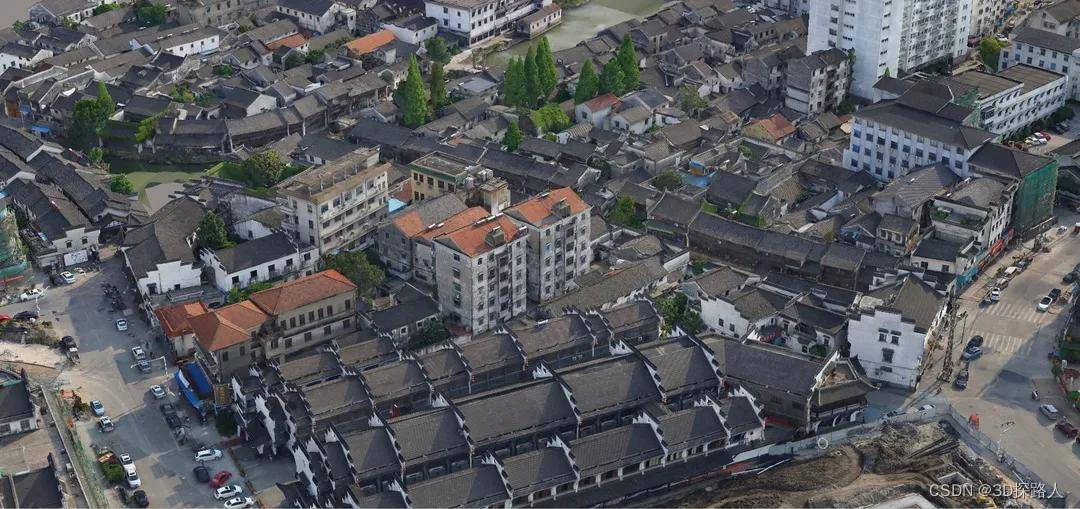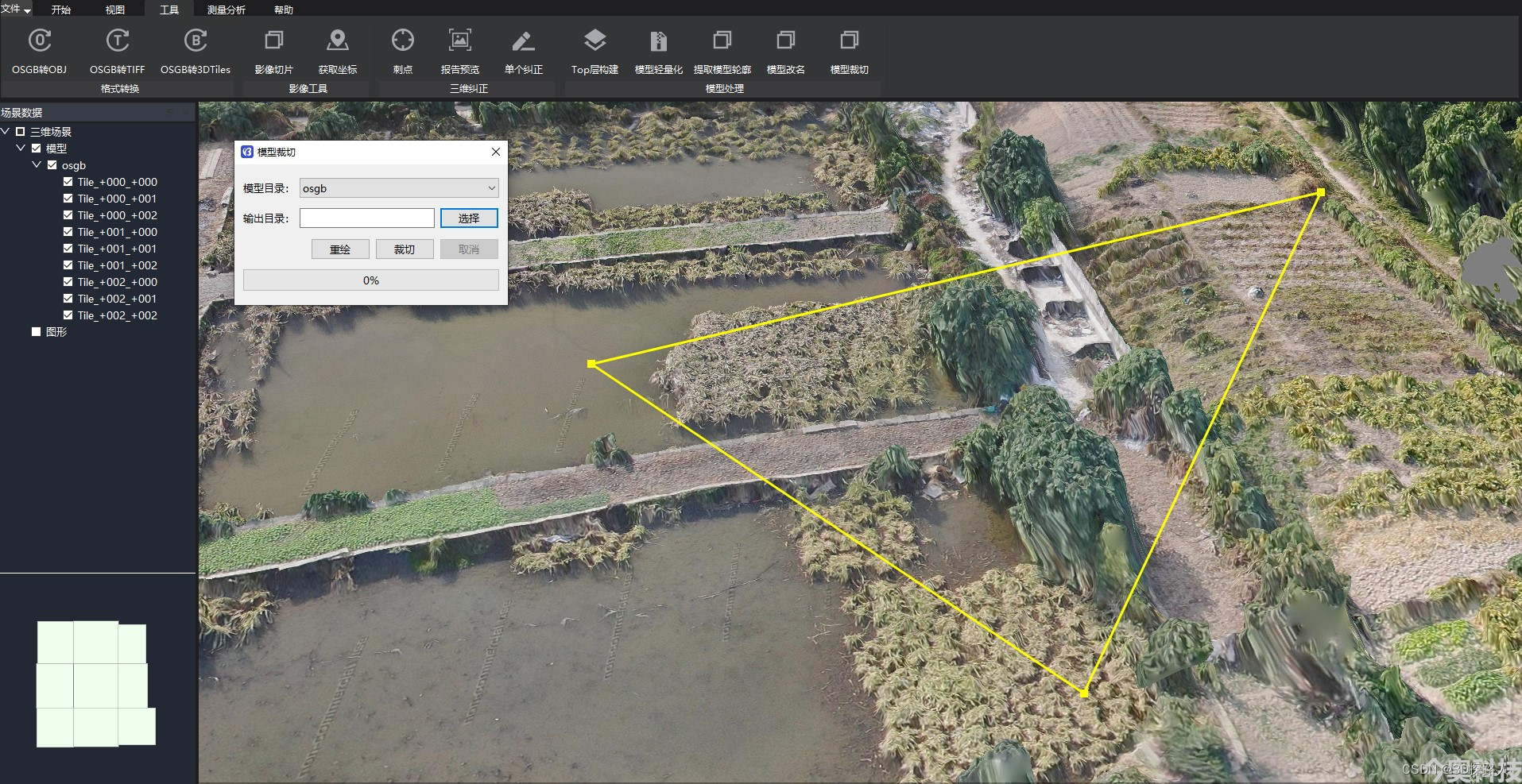How to achieve batch cropping or physical singulation of oblique photography 3D model data?
 Oblique photographic 3D model data is a data form widely used in the fields of digital city and digital earth, and it can provide high-precision 3D scene information. In practical applications, we often need to select regions of interest from oblique photographic 3D model data for cropping to meet different needs. This article will introduce how to achieve batch cropping or physical singulation of oblique photography 3D model data.
Oblique photographic 3D model data is a data form widely used in the fields of digital city and digital earth, and it can provide high-precision 3D scene information. In practical applications, we often need to select regions of interest from oblique photographic 3D model data for cropping to meet different needs. This article will introduce how to achieve batch cropping or physical singulation of oblique photography 3D model data.
1. Data preparation
Firstly, the oblique photographic 3D model data to be cropped and its corresponding range coordinates need to be prepared. You can use various geographic information system software (such as ArcGIS, QGIS) to export the area that needs to be cropped as a shp file format, and then use a third-party tool (such as FME) to convert the shp file into the required coordinate system and file format. The cropped data also needs to specify the output path and file format, which is generally recommended to be consistent with the input data. When preparing the data, the resolution and accuracy of the data also needs to be considered so that the data quality can be guaranteed during the cropping process.
2. Select the cropping tool
Choosing the right cropping tool is the key to realize batch cropping. At present, there are many oblique photography 3D model data processing software on the market, such as K3DMaker, Pix4D, Agisoft Metashape, ContextCapture, etc., all of which have cropping functions. The following factors need to be considered when selecting tools:
1. Software stability and reliability: Choose market-proven, stable and reliable software to reduce data loss and time costs caused by software problems.
2. User-friendliness and ease of use: For users without relevant experience, software with friendly interface and simple operation is easier to learn and use.
3. Functional perfection: Different software has different functions and performances, and it is necessary to select the appropriate software according to specific needs.
3. Cutting process
1. Open the cropping tool: Open the corresponding software according to the selected tool.
2. Import data: Import the oblique photographic 3D model data that needs to be cropped into the software.
3. Set the cropping range: According to the shp file prepared earlier, set the range of the area to be cropped.
4. Set the output path and file format: Set the output path and file format as required.
5. Start the cutting task: start the batch cutting task and wait for the software to complete the automatic processing.
6. Data verification: Perform quality inspection on the cropped data to ensure the accuracy and precision of the cropping results.
4. Matters needing attention
1. Data backup: Before any data operation, you must make a data backup to prevent data loss or damage.
2. Reference coordinate system and unit: When setting the clipping range, you need to pay attention to the consistency of the reference coordinate system and unit, otherwise it will lead to deviations in the results.
3. Output format selection: The output format should be selected according to actual needs for subsequent processing and analysis.
4. Selection of clipping area: When selecting a clipping area, it needs to be selected according to actual needs, and should not be too large or too small.
In short, batch cropping or physical singulation of oblique photographic 3D model data is a common operation in the fields of digital city and digital earth, and mastering appropriate tools and processes can improve the efficiency and quality of data processing. In the operation, you need to pay attention to data backup, consistency of reference coordinate system and unit, selection of output format and selection of cropping area, etc. In actual operation, it needs to be adjusted and optimized according to the specific situation to meet the needs of different scenarios.
The following is a fast and efficient 3D model data clipping software.
Introduction to 3D Factory Software

3D factory K3DMaker is a professional processing software with functions such as 3D model browsing, analysis, model cutting, lightweight, top-level merge construction, geometric correction (correction), format conversion, and color correction. Using parallel computing technology, it provides a variety of cutting methods, with fast and efficient model cutting capabilities; uses a variety of algorithms to perform geometric fine correction processing on 3D models, with high precision, fast processing speed, and super large model support; it is also a fast and high-quality model. The data lightweight processing and conversion tool supports the conversion of 3D models in OSGB format to 3DTiles and other formats, which can be quickly converted, and can perform operations such as mesh simplification, texture compression, and layer optimization of 3D models, thereby realizing lightweight 3D models. The lightweight compression ratio is large, the model lightweight efficiency is high, and the automatic processing capability is high. Come and experience it, the download address is detailed in the illustration.


